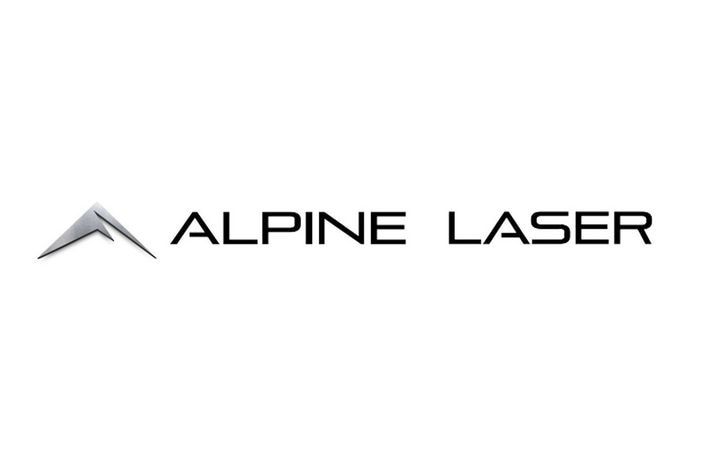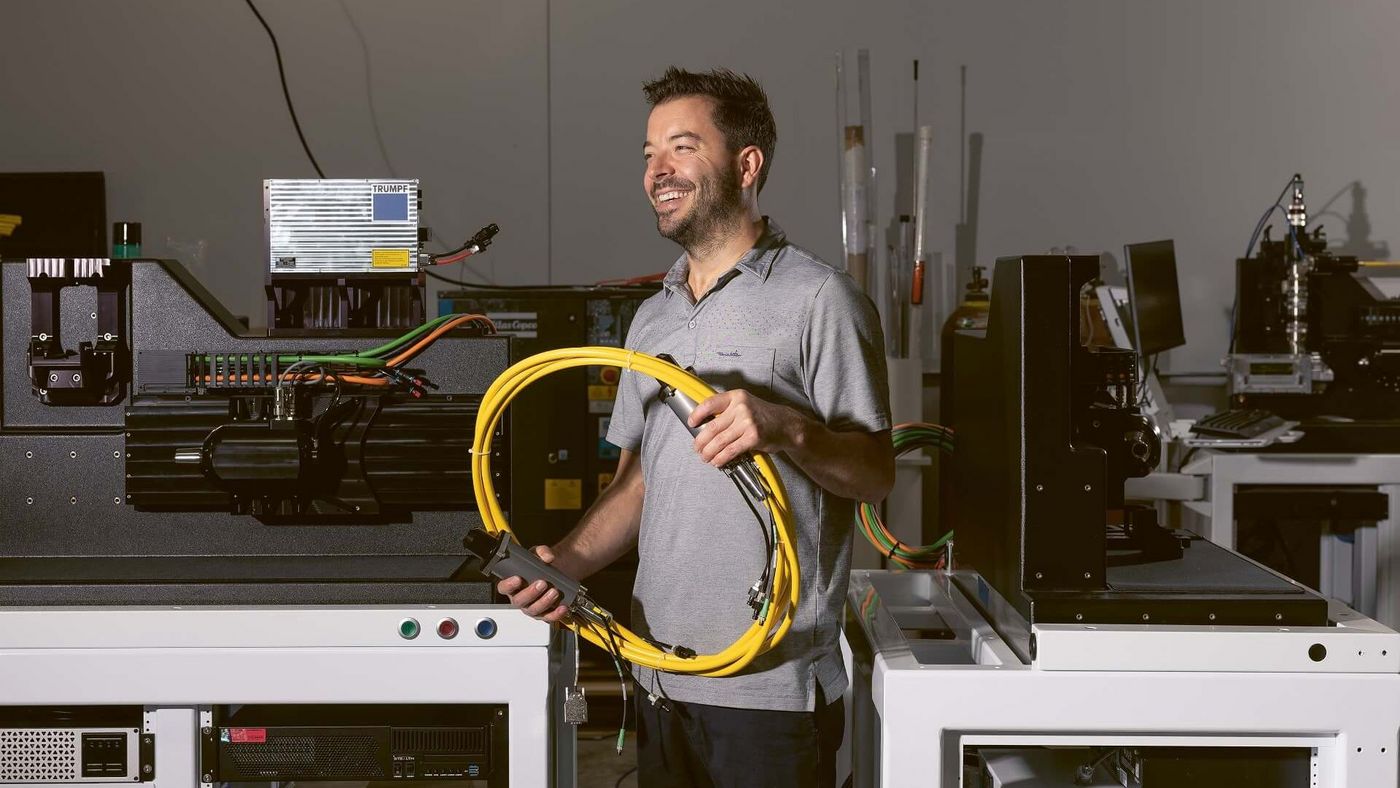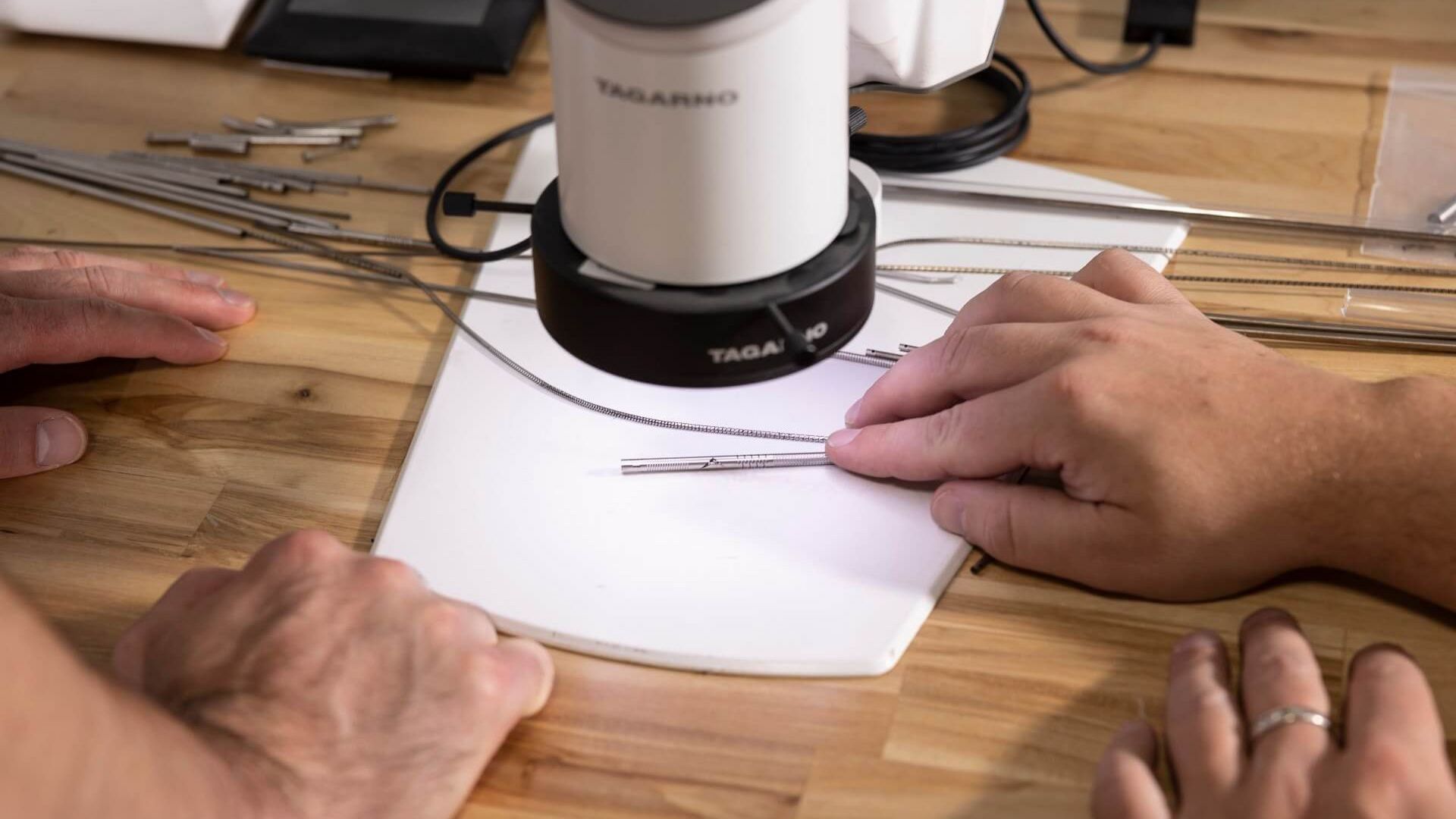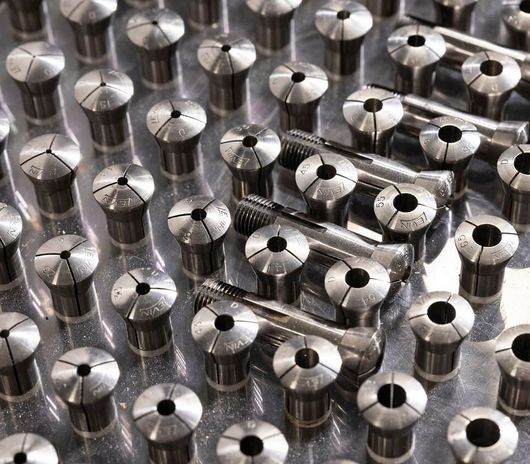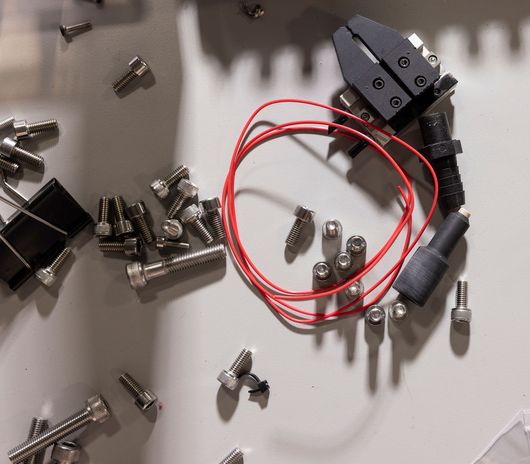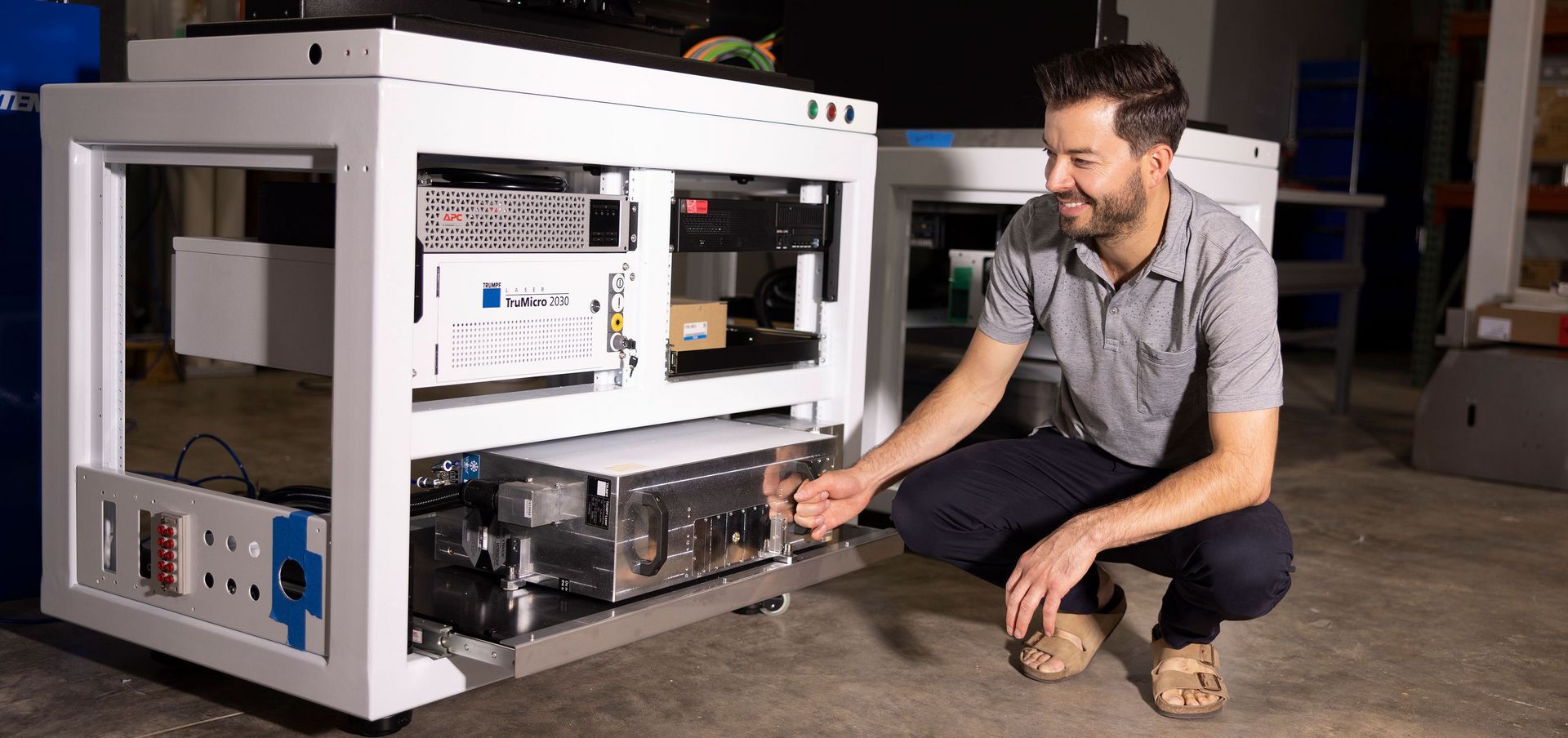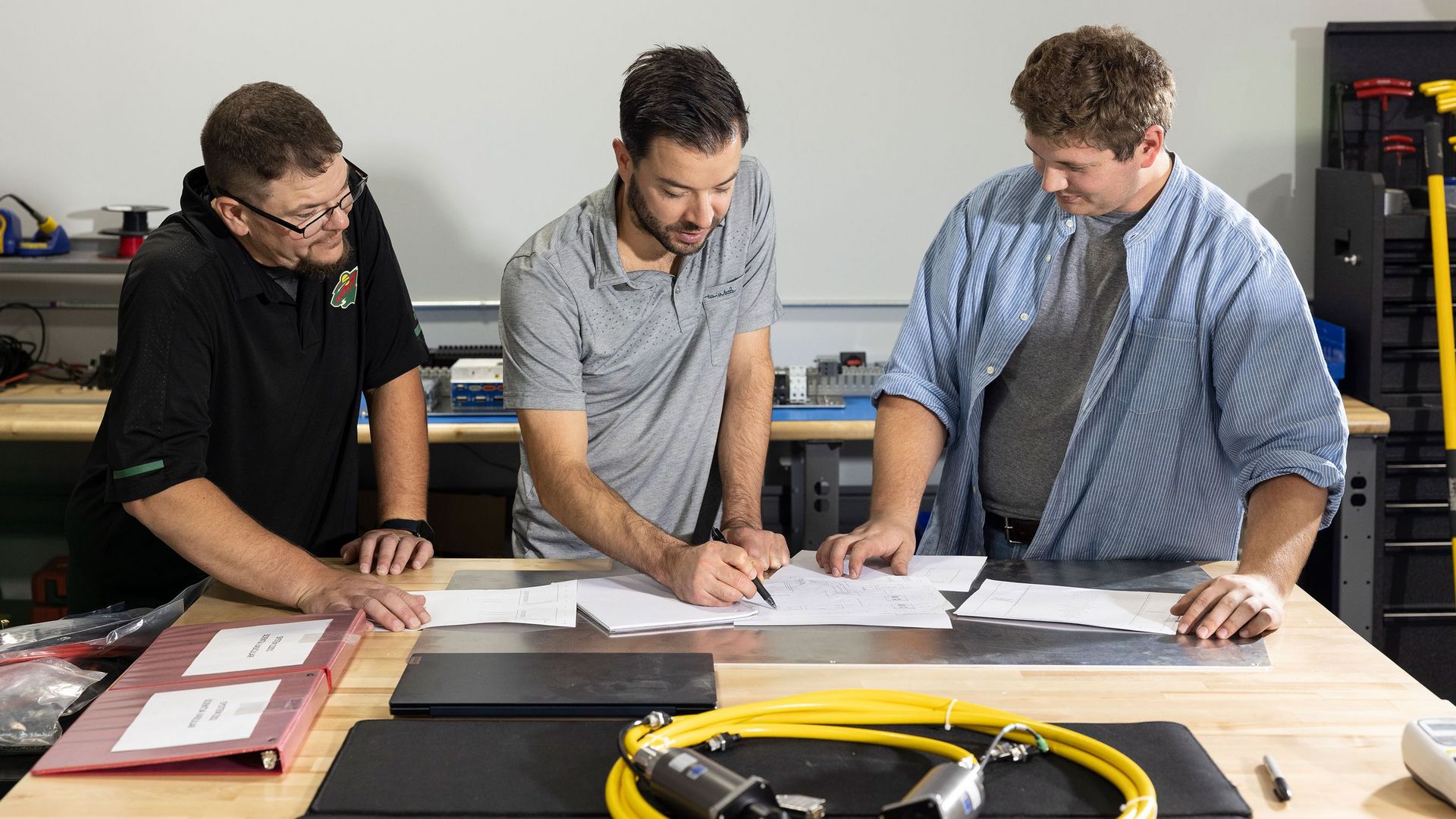Challenges posed by market forces and modular machines
Joe Kempf plans to build micromachining machines and sell them to manufacturers of stents and similar tubes. The demand for these tubes is high and producers cannot keep up with demand using their machines. However, entry to the market is strictly controlled by regulatory bodies worldwide. This is why major manufacturers of stent cutting machines are segmenting the market among themselves, inadvertently creating a bottleneck as both production processes and products become outdated. Alpine Laser is working on machines that can meet demand more rapidly and efficiently than the established companies. When designing such machines, a critical compromise always arises – on one hand, the machine should be easily scalable, ensuring cost-effectiveness and swift production. On the other hand, it must retain individual configurability. Kempf: "We realized that only a modular system design could reconcile both objectives." Additionally, only an ultrashort pulse laser can achieve the required quality and time savings.


